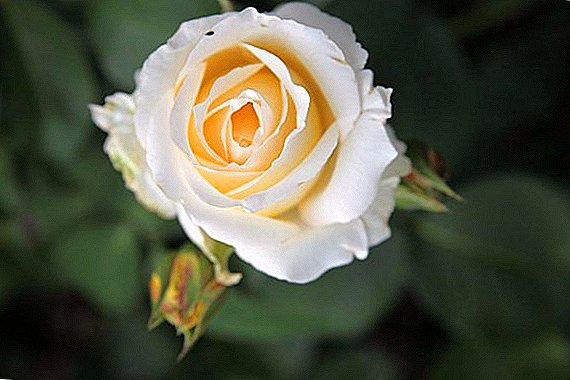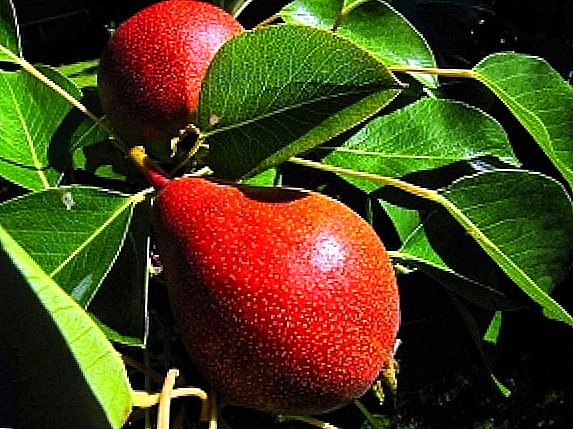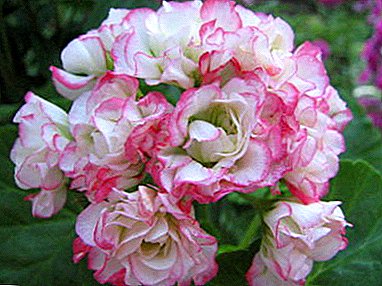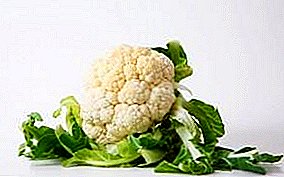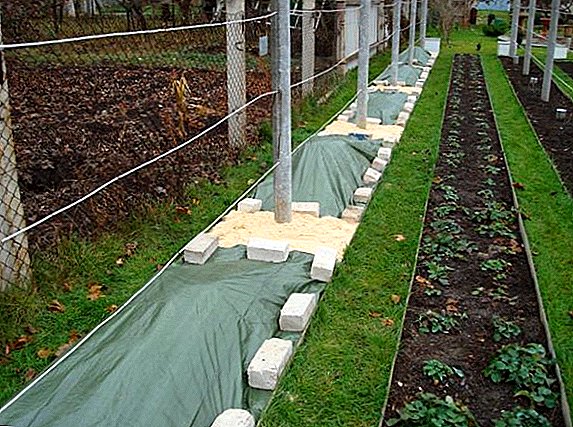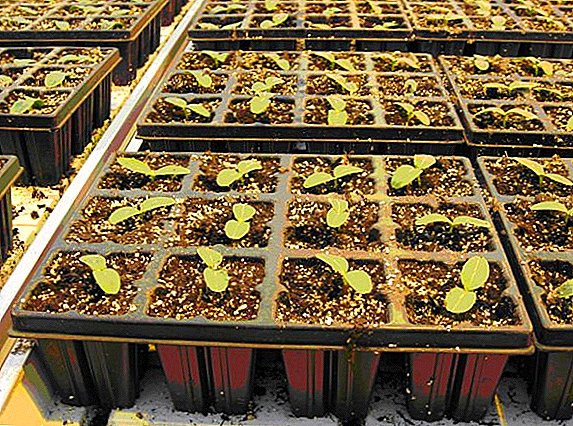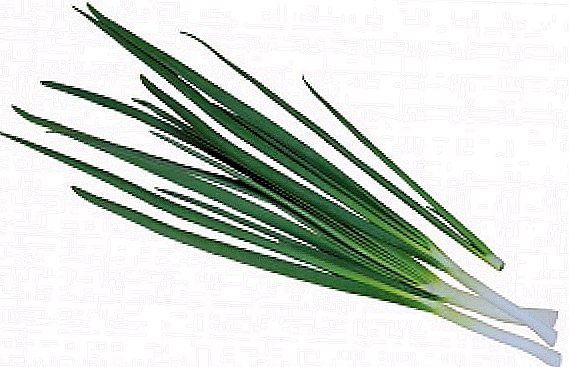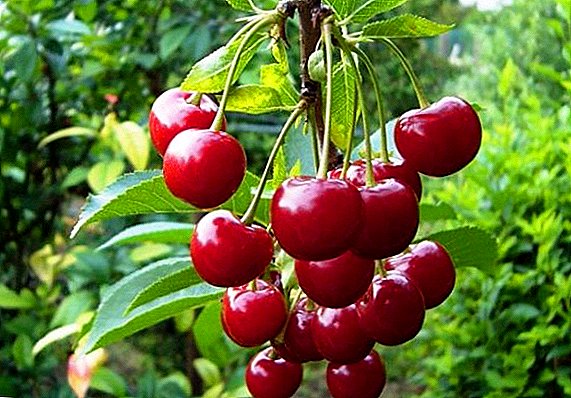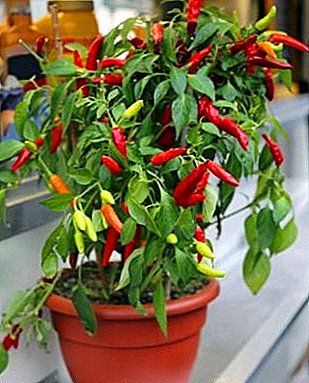
Cayenne pepper, also called chili, comes from Bolivia, where it has been cultivated for thousands of years.
In Europe and North America, it is known as a valuable spice and folk medicine that relieves headaches and arthritis, as well as a source of vitamins. A and C.
Bright red fruits and a neat appearance made it a popular ornamental plant, and its sharp burning taste led to its use in cooking.
Selection and preparation of the pot
Consider how to grow hot peppers in a pot at home.
In order to grow chilli, you can use an ordinary flower pot. Of all the variety of flower pots, preference should be given to plastic pots with a volume of 1-2 liters.
Clay pots can also be used, but they are worse, since they tend to draw water from the soil. The pot must have a hole for drainage to remove excess moisture.
If the pot was previously used, it may contain parasitic bacteria, fungal spores and eggs of parasitic animals. To clean the pot, it is enough to wash it with hot water. with soap and brush.
ATTENTION! Garden soil can also contain many dangerous parasites for the plant. To avoid diseases, buy ready-made multi-purpose soil mixture. Add agro vermiculite to the mixture.
How to grow seedlings from seed?
Consider how to grow a decorative or indoor pepper from seeds at home.
 For the seeds to sprout faster, you do not need to immediately plant their soil. First, let them soak in moisture and warm up.
For the seeds to sprout faster, you do not need to immediately plant their soil. First, let them soak in moisture and warm up.
To do this, take two paper towels, wet them, and between them evenly lay the seeds.
The frequency of seed placement here does not matter, as long as each seed has equal access to heat and moisture.
When the seeds are laid between two towels, you should put them in a plastic container or bag, and close.
Keeping seeds in that condition 4-5 days in a warm ventilated cabinet, make sure that they are swollen and hid. Swollen seeds are planted in the soil.
Planting seeds and growing seedlings
How to grow hot peppers?
You can plant the seeds as soon as you can into ready-made pots, and first into small cups so that you can swoop down and select the best seedlings.
To improve contact with the substrate, it needs to be tamped a little, and only then to plant seeds, 3-4 in one pot.
After that, the seed should be filled with substrate on 1 centimeter. Then pots or cups of seeds are covered with plastic wrap.
After germination, the film should be removed.
To ensure that seedlings develop normally, maintain high humidity by spraying the soil from the sprayer, and keep pots or cups on the window sill from the south or southwest side.
The temperature should fluctuate within 22-25 degrees Celsius. To seedlings not experiencing a lack of light, use artificial lighting.
Light day for plants should last 18 hours.
 If you have chosen the cultivation of seeds of bitter pepper with a pick, then you need to dive in a month after germination. The glass is turned over, and the clod of earth together with the plants is squeezed out of it so that the stems of the plants are between the fingers.
If you have chosen the cultivation of seeds of bitter pepper with a pick, then you need to dive in a month after germination. The glass is turned over, and the clod of earth together with the plants is squeezed out of it so that the stems of the plants are between the fingers.
Then a clod of earth is divided, the worst plants are culled, and the best are transplanted into a pot.
Learn more about growing hot pepper on the video below:
Care of adult plants
In order to successfully grow adult plants of chilli pepper, you need to observe all the same conditions as for growing seedlings: plants must receive the maximum amount of light energy.
But Light Day can be reduced up to 14-15 hours. Air circulation is beneficial to the plant, but not drafts. For this reason, it is undesirable to keep the plant near air conditioning or heating devices.
An adult plant needs a large amount of water, so it must be shed until the water flows from the drainage holes. Feed the plant should be balanced fertilizer 15:15:15 once a month.
In summer, the plant will feel good in the open field or greenhouse.
IMPORTANT! When grown in open ground, the night temperature should not be less than 12 degrees.
Harvesting
 Chili peaks after 90 days after the emergence of shoots.
Chili peaks after 90 days after the emergence of shoots.
To cut the fruit, use garden shears or a knife; cut the stem directly above the fruit. It is advisable not to prune more than one fruit per day.
Thus, red chili can be easily grown in a room on the windowsill, either in the open field or in a covered garden bed. The main conditions are a sufficient amount of light, which is especially important for young plants, abundant watering and heat. Mainly care for chili pepper is similar to care for tomatoes and others.


